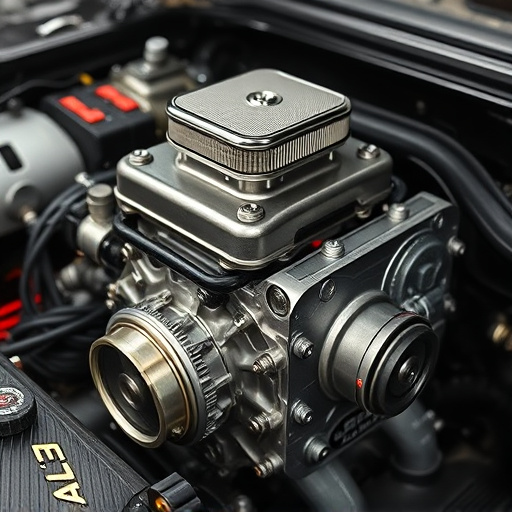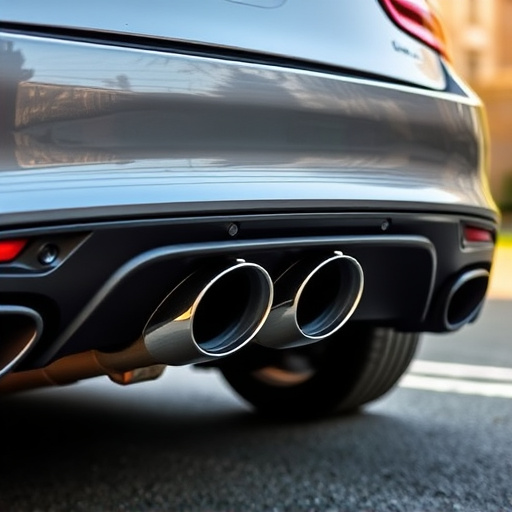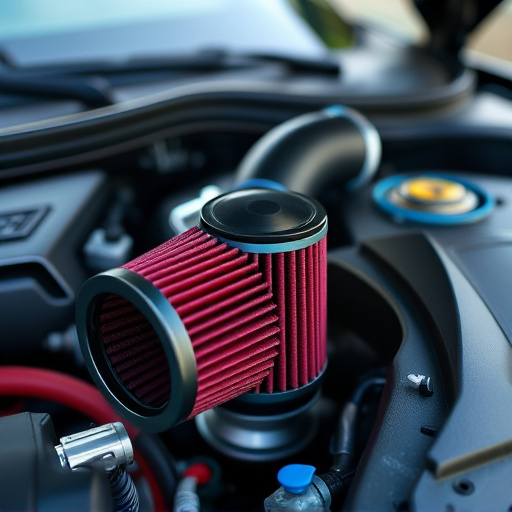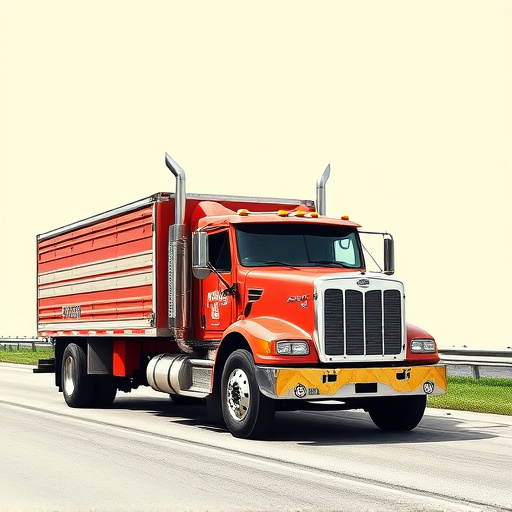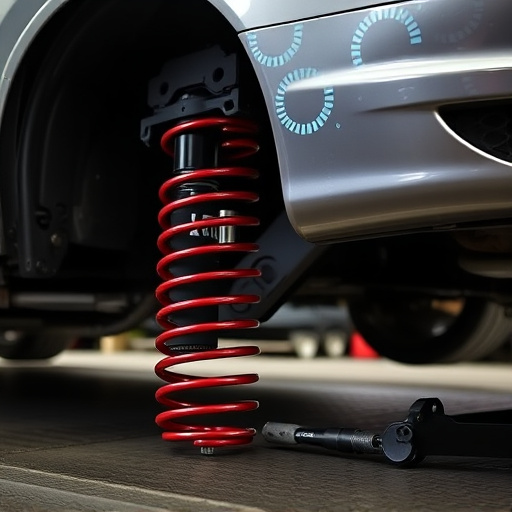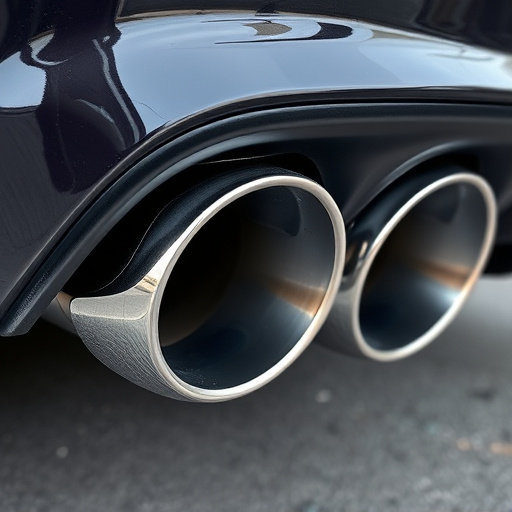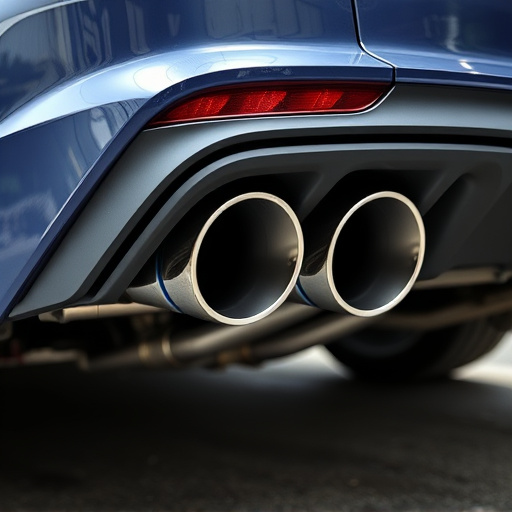The adjustable suspension system, despite its benefits in handling and customization, is susceptible to wear over time due to constant movement and varying road conditions. Regular maintenance is crucial to prevent component degradation, which can impact tire wear, brake performance, and exhaust systems, all vital for safety. Common problems arise from failed parts like control arms, ball joints, and tie rod ends, leading to handling issues and potential safety hazards. High-quality materials ensure durability, superior strength, and consistent ride quality. Choosing suspension kits with robust materials enhances both on-road comfort and off-road capability while ensuring longevity.
Adjustable suspension systems offer unparalleled customization for vehicle performance and ride quality. However, these advanced systems are not without their challenges. This article delves into the common problems that plague adjustable suspensions, shedding light on components prone to wear, alignment and setting issues, as well as misadjustments in damping and spring rates. Understanding these pitfalls is crucial for optimizing your vehicle’s handling, stability, and overall driving experience.
- Components and Their Susceptibility to Wear
- – Breakdown of essential parts and common failure points
- – Materials and their impact on durability
Components and Their Susceptibility to Wear
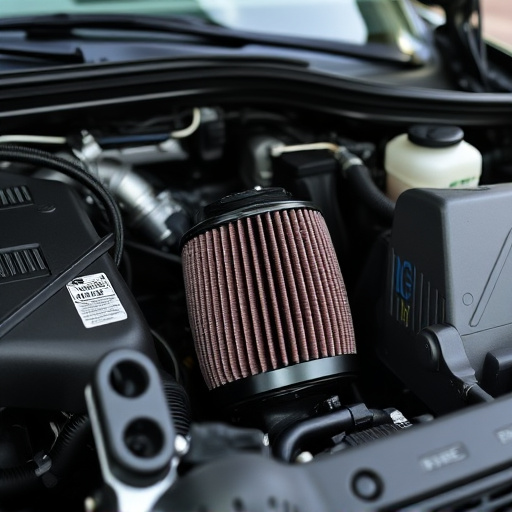
The adjustable suspension system is a complex network of components designed to ensure optimal vehicle handling and comfort. These include shock absorbers, springs, and control arms, all working in harmony to smooth out road irregularities. However, due to constant movement and exposure to varying road conditions, these components are highly susceptible to wear over time. Regular use can lead to parts like bushings wearing down, causing increased play in the suspension, which may result in reduced control and handling capabilities.
Additionally, the adjustability itself can be a double-edged sword. While it allows for fine-tuning to suit various driving conditions or personal preferences, it also means that misalignment or incorrect adjustments can exacerbate wear. For instance, lowering spring rates or changing camber settings without proper knowledge might lead to accelerated degradation of tires and increased strain on the suspension components, including exhaust tips, performance brakes, and performance exhaust systems, which are all vital for overall vehicle performance and safety.
– Breakdown of essential parts and common failure points
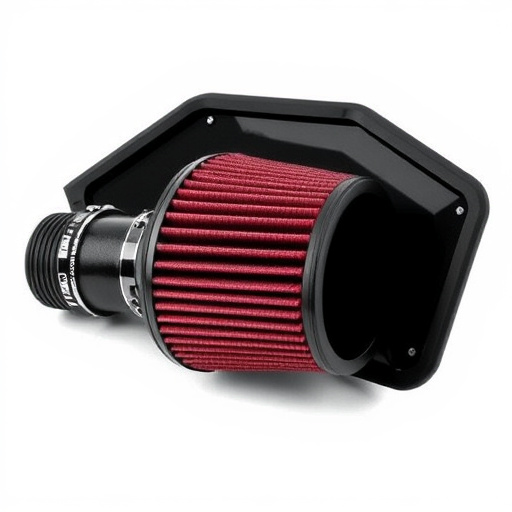
The adjustable suspension system, while offering versatility and fine-tuning capabilities, is not immune to issues. Common problems often arise from the breakdown or failure of critical parts, exacerbated by exposure to stress and wear over time. Among the most susceptible components are the adjustable control arms, ball joints, and tie rod ends. These parts play a pivotal role in maintaining proper alignment and stability, and any deterioration can lead to handling problems, uneven tire wear, and even safety hazards.
Additionally, the brake components – including brake rotors and calipers – are also vulnerable points within an adjustable suspension system. Regular maintenance is crucial to prevent rust buildup, corrosion, and warping of brake rotors, which can compromise braking performance. Similarly, exhaust mufflers, while not directly part of the suspension, can be affected by the same environmental factors that impact other components, leading to leaks or damage over time.
– Materials and their impact on durability
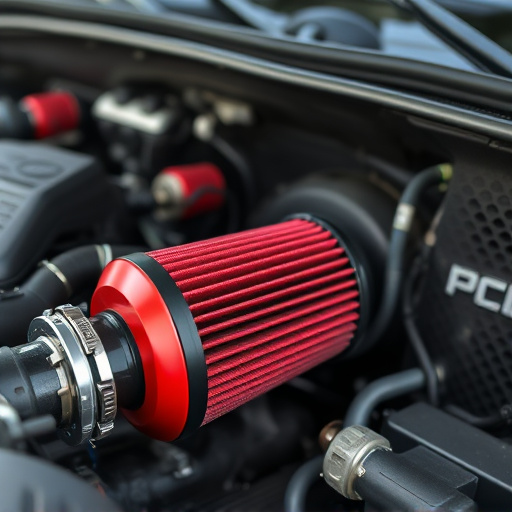
The materials used in an adjustable suspension system play a pivotal role in determining its durability and longevity. High-quality components like precision-engineered steel, lightweight aluminum, and robust bushings ensure superior strength and resistance to wear and tear. These materials contribute to maintaining the system’s integrity, allowing for consistent performance over extended periods. Conversely, inferior quality parts, such as those made from subpar metals or synthetic materials, may be more susceptible to corrosion, fatigue, and failure, leading to increased maintenance needs and reduced lifespan.
Choosing suspension kits, including coilover kits, that incorporate robust materials is essential for optimal performance exhaust and overall vehicle stability. Well-designed adjustable suspension systems offer fine-tune control over ride height, spring rate, and damping, enhancing both on-road comfort and off-road capability. This customization not only caters to diverse driving styles but also ensures the system can withstand the rigors of various terrain conditions, ultimately providing a seamless and secure riding experience.
Adjustable suspension systems, while offering versatility, are not immune to issues. Understanding the common problems, such as wear and tear on essential components, can help vehicle owners maintain optimal performance. By recognizing failure points and choosing durable materials, owners can ensure their adjustable suspension systems provide a smooth ride for years to come, enhancing overall driving experience.








